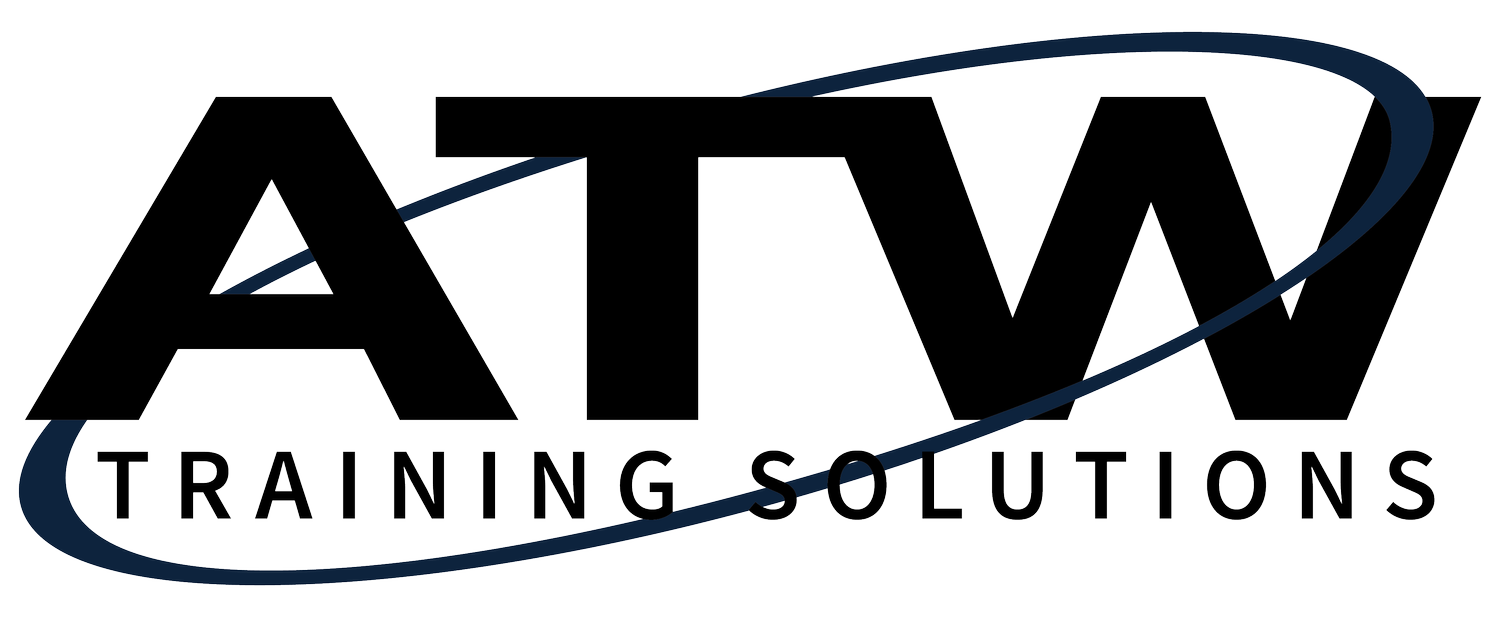Survive & Thrive in The Great Resignation: The Great ReFORMATION
Apr 12, 2022
For the past four months, we’ve been analyzing Wiley survey data from almost 5,000 working professionals to discuss the impact of The Great Resignation, a movement that’s impacted almost every organization across the globe. But in our final installment of this series, we want to take it one step further and talk about the future of teams after The Great Resignation. With as many as 95% of employees considering leaving their organization right now, most teams are in the middle of, or will likely be encountering, a reboot (Blum, 2020). Processes are being evaluated, organizational structure is shifting, new bosses, new teammates, sometimes no teammates?! It’s all up for grabs. So, what should you know about The Great Reformation and its impact on teams? We’ve broken it down into the three Rs: rebuild, re-establish, and re-evaluate.
Rebuild Morale
Over the last year, most people have experienced major changes to their teams, including the loss (68%) or addition (85%) of a team member, a change in manager (46%), or even moving to a whole new team (32%). These changes are stressful, not only because of the added workloads, burnout, and fatigue, but also the sudden change in team culture. Respondents who experienced a team change were more likely to rate their team culture less positively than respondents who have not experienced a team change.
We found that when a team experiences changes to their culture, they may also experience a cascade of other issues, such as:
Work inefficiency
Difficulty aligning on priorities
Confusion around expectations and key decisions
Difficulty communicating openly and honestly
Difficulty building or maintaining trust
Unsurprisingly we found that for most of our respondents, navigating the difficulties in building or maintaining trust after a team change was the hardest part of the experience. During this transitionary period, having transparent and frequent communication is one of the most important tasks an organization can do to help their team successfully navigate these changes. This means making trust and communication the backbone of your workforce by building in opportunities for dedicated team conversations to help rebuild culture.
Re-establish Norms
When team members leave an organization, it impacts more than just that team, it affects every part of the organization that interacted with that team. As teams change, boundaries, workloads, and competencies need to be re-established. Further, the heightened period of instability following a team change can leave many employees feeling lost as they struggle to understand what is now expected of them. In fact, unclear team expectations is one of the top three stressors experienced by employees during a team change and can have a significant impact on their morale. It is no wonder that when we asked respondents what organizations should do to help navigate team changes, the majority of them said they simply wanted more clarity on team expectations, boundaries, and roles. Other top responses included opportunities for skills training and having a clear plan for managing workload distributions. Because so many people are part of numerous teams across an organization, it’s important that each team has a clear understanding of their expectations and roles to optimize collaboration.
Re-evaluate Flexibility
Just over half of our respondents are currently working remotely or in a hybrid environment and the majority would prefer to keep it this way moving forward. With many employees prioritizing work/life balance more than ever before, organizations need to focus on flexibility, such as when and where people work. While 88% of our respondents said that having workplace flexibility is important to them, only 50% said they work in organizations that offer it. Even more convincing, individuals that reported they had flexible work environments also reported being much more satisfied with their work/life balance. This indicates a gap of opportunity for organizations to stay competitive with flexibility becoming the determining factor that draws in future talent.
Life after the great resignation is no longer a distant future, it’s here. While teams have found themselves battered by the onslaught of change, it is time to move away from simply surviving to thriving. We think the key is to focus on rebuilding morale, re-establishing norms, and re-evaluating flexibility moving forward. There is no better time than now for organizations to get team culture right from the beginning.
References:
https://www.bbc.com/worklife/article/20201023-can-young-people-thrive-in-a-remote-work-world
https://www.everythingdisc.com/insights-to-action/survive-and-thrive-in-the-great-resignation-the-great-reformation.aspx



